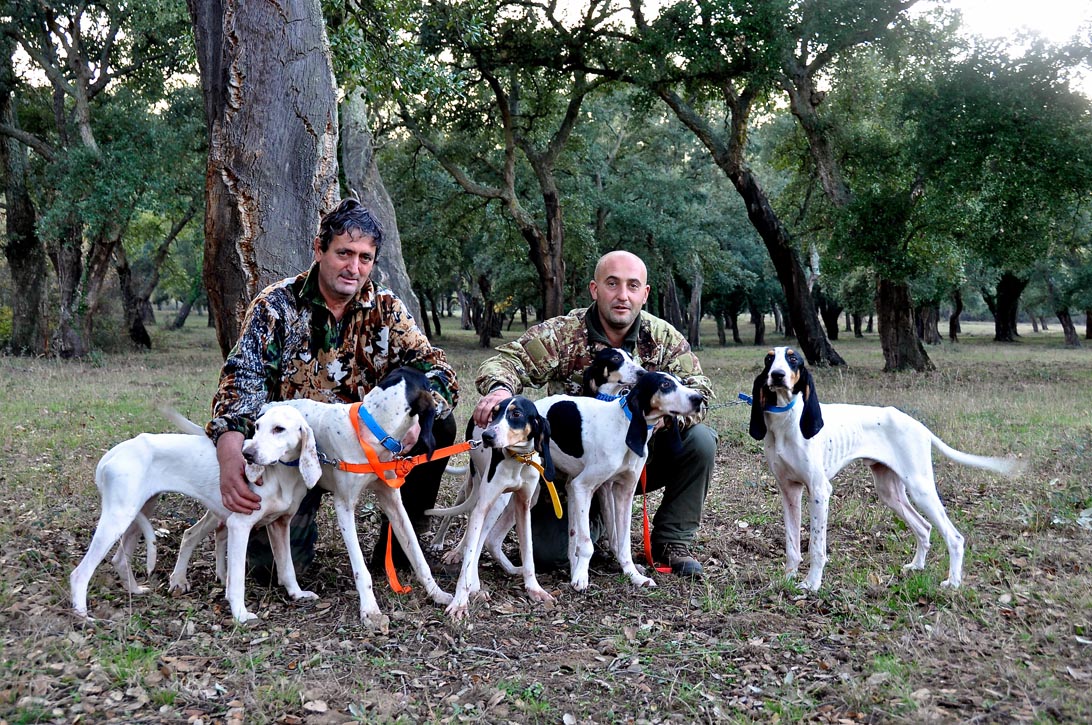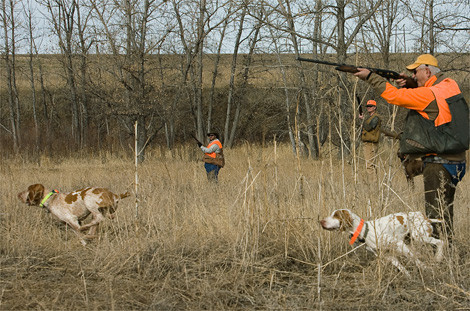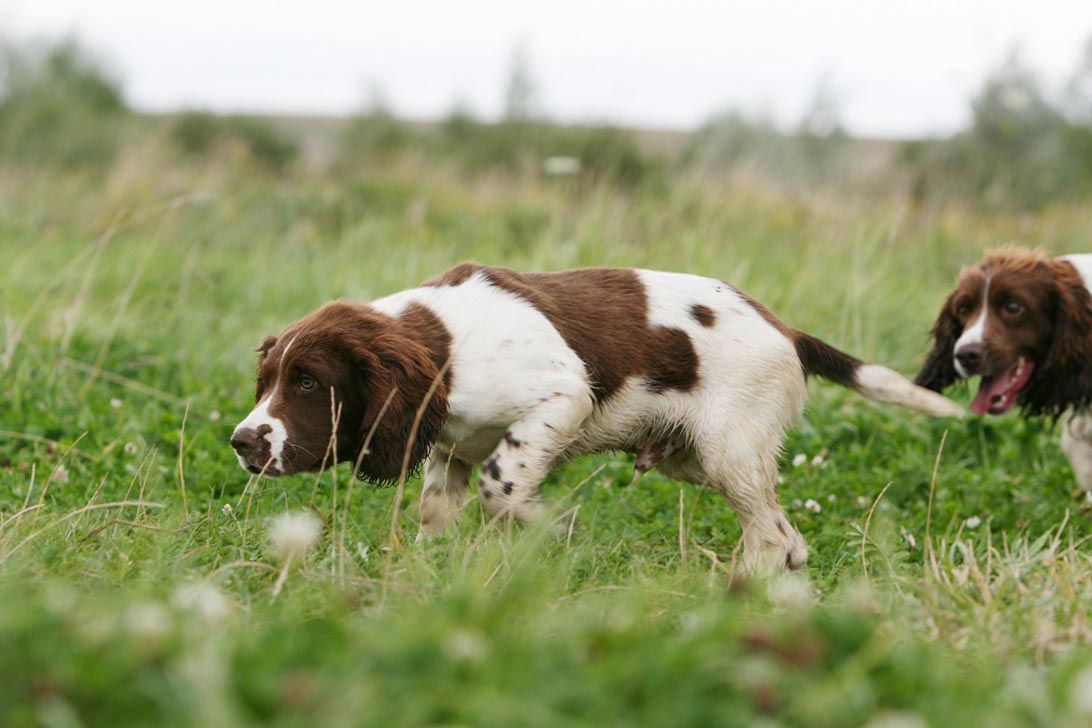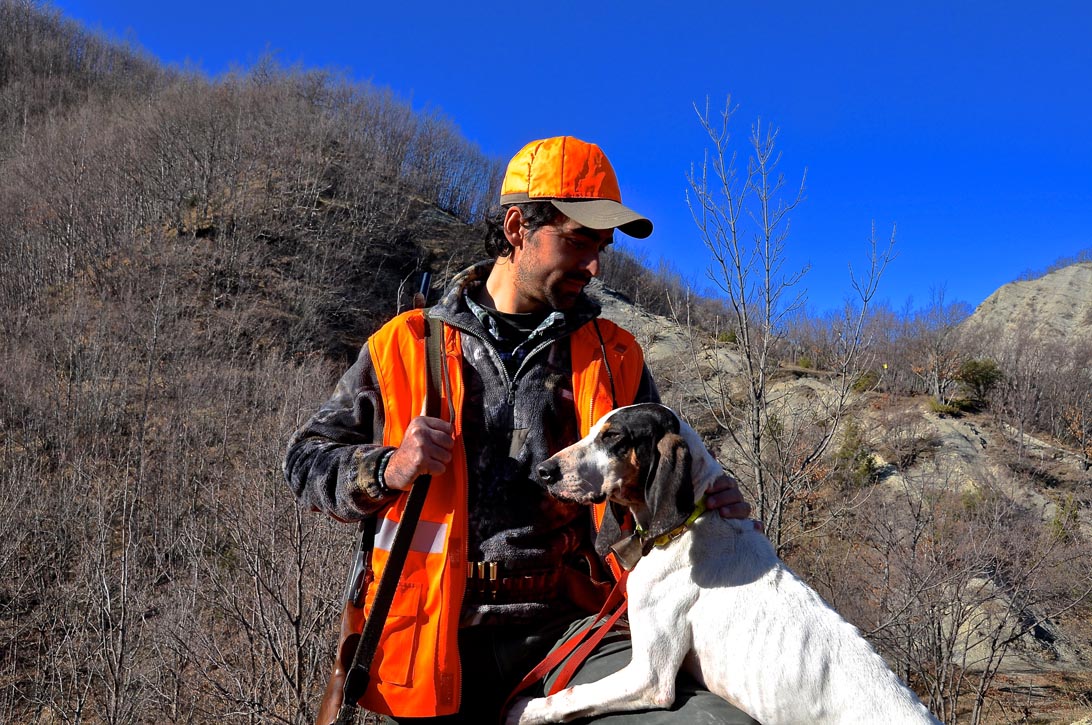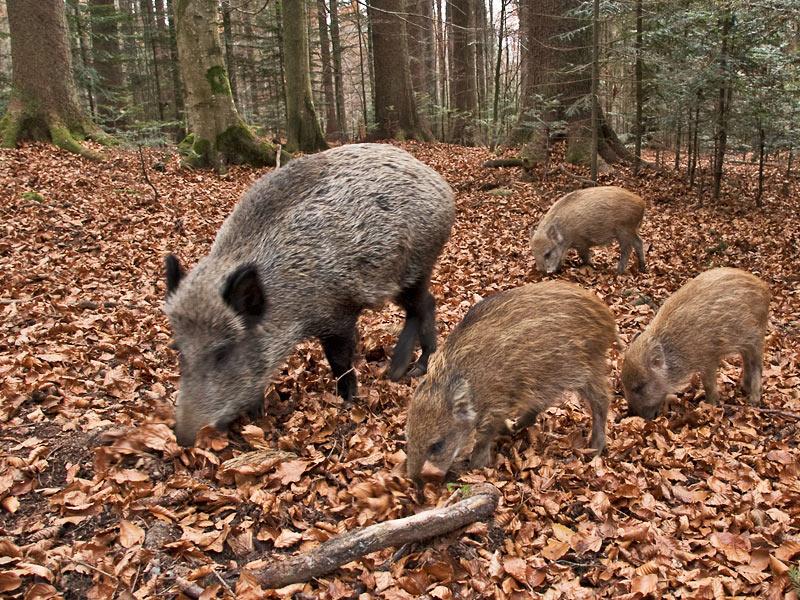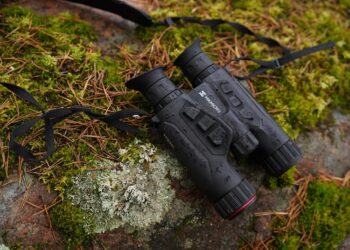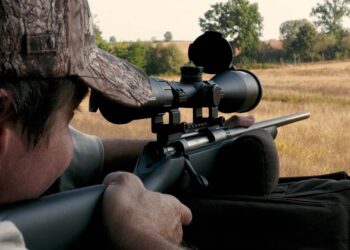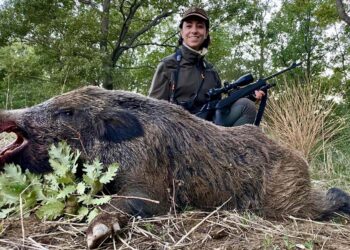
What is ehrlichiosis
THEehrlichiosis is a disease which is transmitted to the dog through the tick bite. The latter are often the cause of numerous dysfunctions such as the piroplasmosis, Also called babesiosis, usually degenerative. If not treated in time it could lead our four-legged friend to death.
Ehrlichiosis in dogs is caused by a Gram-negative bacterium Also known as Ehrlichia canis. The mite also known as "dog tick"Is a hematophagous parasite. This means that it feeds on blood.
The transmission takes place via the ticks that you get infected by the time suck blood from a sick dog. This can happen at any stage of their life, whether they are in the state of larvae or in that of an adult.
Extremely dangerous mites continue to be carriers of the disease even after some time, usually they are capable of transmit it even after about 5 months.
The disease symptoms and signs
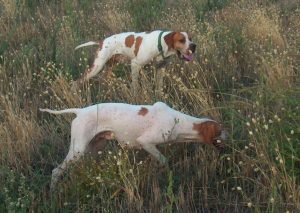
Despite this, the disease usually runs through three main stages. Let's see them together.
Acute phase
The period of incubation it is not always the same. From when the bite occurs to the development of symptoms, it generally goes from 8 to 20 days.
For this reason when a tick is found on a hunting dog, it is good to take it to a veterinarian. Before speaking, the doctor waits two and three weeks. After the period he subjects the hound to analysis because if they are done immediately, you could have staggered results and not be able to record any anomalies.
Usually the acute phase lasts about 2-4 weeks and is accompanied by several symptoms. The main manifestations are fever, loss of appetite e slimming sudden, swelling of the lymph nodes, numbness of the senses, decreased number of platelets e anemia.
Subacute phase
This unlike the first phase is particularly long, lasts approximately from 6 weeks to 4 months.
During this time, two situations can appear. If during the acute phase the immune system has activated correctly, the infection can be eradicated. If the infection has hit the immune system and no longer works properly, the disease becomes chronic and we move on to the third phase.
Chronic phase
In this period as in the acute one, there are several symptoms, among the most evident weight loss and pancytopenia. This disease consists of a decrease in the three blood cell lines, namely white blood cells, red blood cells and platelets.
As seen from the different stages of the disease theehrlichiosis is a multisystem pathology, which affects various organs and the clinical manifestations are numerous and sometimes even serious.
To the symptoms already mentioned are added bruising, nosebleed, enlarged spleen, retinal detachment, uveitis, chorio-retinitis, retinal hemorrhages, meningitis, convulsions, ataxia, vestibular problems, anisocoria, tremors, polymyositis, progressive tetraparesis, muscle atrophy , lameness.
Although it is a disease that can be cured, if not diagnosed in time and treated properly, in worst case scenario can lead to death of the hunting dog.
To be sure that our four-legged friend has not been infected, as mentioned above, it is essential contact the veterinarian. Based on his experience, the specialist will decide when and how to carry out a blood test.
To be sure that there are no other problems and above all to leave nothing to chance, the vet can also request others blood tests such as complete blood count.
To make sure there is no infection going on, even if the tests give negative results, it is possible retry the tests, but in this case it is necessary wait at least 15-20 days before repeating the exams.
Treatment and prevention of ehrlichiosis in dogs
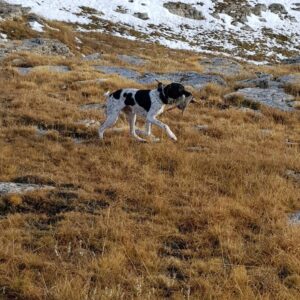
If antibiotic therapy does not achieve the desired results, i should be used corticosteroids. Obviously every cure must be supported with pharmaci to cure the collateral diseases such as anemia. In this case, if the situation is particularly serious, blood transfusion or plasma administration can also be considered.
Prevention
To prevent your dog from suffering from canine ehrlichiosis, they do not exist of the vaccines. The most important thing is the prevention which must be carried out through the use of products pesticides. Plus, every time you come back from a hunt it matters carefully check the hair of our four-legged friend and see if there is the presence of ticks. To be even safer this hair analysis should be done daily.
Even if it sounds challenging, just use the right products and the disinfestation of the kennel and the same hound it is quick and easy. For example theboric acid it is effective against the larvae of ticks , pyrethrin.
Even if the disease affects the dog and especially its immune system, if diagnosed in time it can be easily eradicated. This, in fact, will allow the dog to save suffering and will be able to heal in a short time.



